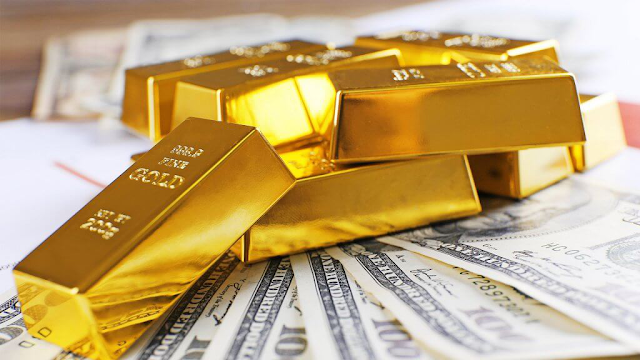Investing in Precious Metals: A Timeless Safe Haven
In an ever-shifting economic terrain, investors tirelessly seek strategies to safeguard and expand their wealth. Amid the myriad investment options, precious metals—Palladium, Platinum, Silver, and Gold—stand resilient, serving as a historical safety net for those seeking a hedge, diversification, and stability against inflation.
Exploring the Rich Tapestry of Historical Significance
Throughout the annals of time, these precious metals have woven a rich tapestry, playing pivotal roles in wealth preservation, commerce, and trade. Gold, a symbol of power across diverse civilizations like the Roman and Egyptian Empires, highlights the enduring value of these metals. Silver and gold coins, once mediums of exchange, continue to stand as reliable stores of value, weathering both turbulent and prosperous economic epochs.
Diversification and the Shelter of a Safe Haven
The allure of precious metals lies in their status as safety net assets. When financial markets teeter in volatility or geopolitical tensions escalate, investors instinctively seek refuge in assets that have historically retained their value. Gold, silver, platinum, or palladium often shine during economic uncertainty, acting as counterbalances to conventional investments such as bonds, stocks, or paper money. Beyond this, they offer diversification benefits crucial for mitigating overall risks in investment portfolios.
- How do gold, silver, platinum, and palladium act as counterbalances in times of economic turbulence?
- What diversification benefits do these metals provide in an investment portfolio?
Inflation Safeguards: A Compelling Reason to Invest
The efficacy of these assets as inflation safeguards is another compelling reason for investment. As the general price level of goods and services rises, the purchasing power of paper money erodes. In stark contrast, the intrinsic value and scarcity of precious metals tend to hold firm or increase during inflationary periods. This unique characteristic positions these metals as valuable tools for preserving wealth and maintaining purchasing power over the long term.
Navigating Investment Avenues: Physical vs. Paper
Prospective investors can traverse two primary avenues: physical ownership and paper investments. Physical ownership entails acquiring bullion coins or bars stored securely, eliminating counterparty risks associated with paper underwriting. Conversely, paper underwriting options like ETFs, mining stocks, and mutual funds provide exposure without the need for physical storage, making them more convenient for certain investors.
- What are the advantages of physical ownership of precious metals?
- How do paper investments, such as ETFs, mitigate the need for physical storage?
Risks and Considerations: Navigating the Volatility
While the benefits of investing in gold and silver are evident, considerations and risks abound. Metal prices are highly volatile, influenced by market forces, global economic conditions, and demand-supply dynamics. Government policies and regulations can further impact their performance. Caution is advised, as an over-concentration of assets in these metals may limit potential returns compared to a well-diversified portfolio.
- What factors contribute to the volatility of precious metal prices?
- How can government policies and regulations affect the performance of these metals?
Conclusion: A Blueprint for Resilience in Financial Futures
Investing in precious metals provides a time-tested strategy for wealth preservation, portfolio diversification, and protection against inflation and economic uncertainties. Striking the right balance between conventional investments and the stability of these elements positions investors for a resilient and secure financial future. In our rapidly changing world, financial stability is paramount, and precious metals offer a safety net against geopolitical tensions and financial crises.
FAQs
1. Why are precious metals considered a safety net asset?
Precious metals like gold, silver, platinum, and palladium are considered safety net assets due to their historical resilience during economic uncertainty, providing a hedge against market volatility.
2. How do precious metals act as inflation safeguards?
The intrinsic value and scarcity of precious metals allow them to hold steady or increase during inflationary periods, preserving wealth and maintaining purchasing power.
3. What are the two primary avenues for investing in precious metals?
Investors can choose between physical ownership, involving bullion coins or bars stored securely, and paper investments, such as ETFs, mining stocks, and mutual funds.
4. What factors contribute to the volatility of precious metal prices?
Metal prices are influenced by market forces, global economic conditions, and demand-supply dynamics, making them highly susceptible to fluctuations.
5. Why is it crucial to strike a balance between conventional investments and precious metals?
Balancing conventional investments with precious metals ensures portfolio diversification, offering a resilient strategy against economic uncertainties and potential risks.


.jpg)

Comments
Post a Comment